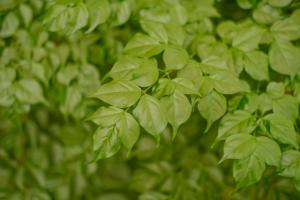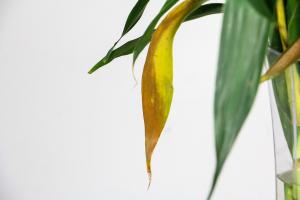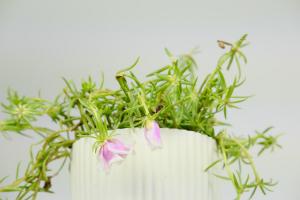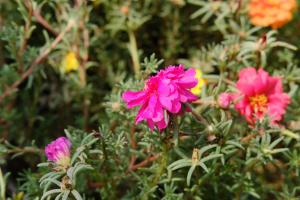When to Stop Tomato Plants: Tips for a Successful Harvest
Tomatoes are a staple in many gardens, and for good reason. They are one of the easiest and most rewarding plants to grow, providing a bountiful harvest of juicy, sweet fruit. However, knowing when to stop tomato plants can be tricky. In this article, we will share some tips and tricks for a successful tomato harvest.
Factors to Consider
Before you decide when to stop tomato plants, there are a few important factors to consider. The type of tomato you are growing, the climate in your region, and your personal preference for ripeness and flavor all play a role in determining the best time to end your growing season.
Determinate tomatoes, which have a predetermined size and ripening period, typically stop producing fruit all at once, making them easier to manage. Indeterminate tomatoes, which continue to grow and produce fruit until frost, require more attention and care.
Climate is also an important factor to consider. Tomatoes thrive in warm weather and require a certain number of days with temperatures above 60°F to ripen properly. If your region experiences an early frost, you may need to end your growing season earlier than you would like.
How to Tell When Tomatoes are Ripe
One of the biggest challenges in knowing when to stop tomato plants is determining when the fruit is ripe. Here are some tips for determining when your tomatoes are ready to harvest:
Color: Tomatoes should be a deep, vibrant color when ripe. Depending on the variety, this may be red, yellow, orange, or green.
Firmness: Ripe tomatoes should be firm but not too hard. They should give slightly when gently squeezed.
Aroma: Ripe tomatoes should have a fragrant, sweet aroma.
Taste: The ultimate test of ripeness is taste. Ripe tomatoes should be sweet, juicy, and flavorful.
Signs to Stop Tomato Plants
In addition to determining when your tomatoes are ripe, there are a few signs to look for to know when to stop tomato plants:
Frost: If frost is approaching, it is time to harvest all remaining tomatoes, even if they are not fully ripe.
Declining Yield: If your tomato plants have stopped producing new fruit or the fruit is much smaller than previous harvests, it may be time to stop your growing season.
Disease or Pests: If your tomato plants have been infected with disease or pests, it is best to remove them from the garden and dispose of them properly to prevent spreading to other plants.
How to End the Growing Season
When it is time to end your tomato season, there are a few steps you can take to ensure a successful harvest:
Harvest all remaining tomatoes and bring them indoors to ripen if necessary.
Cut back any remaining foliage on the plant and remove any diseased or damaged fruit to prevent spreading to other plants.
Compost the remaining plant debris or dispose of it properly to prevent spreading disease.
If you plan to grow tomatoes in the same spot the following season, consider adding compost or other organic matter to improve soil quality.
Conclusion
Knowing when to stop tomato plants is essential for a successful harvest. By considering the type of tomatoes you are growing, your climate, and the ripeness of the fruit, you can determine the best time to end your growing season. With these tips, you can enjoy a bountiful harvest of delicious, ripe tomatoes all season long.

 how many times do yo...
how many times do yo... how many planted tre...
how many planted tre... how many pine trees ...
how many pine trees ... how many pecan trees...
how many pecan trees... how many plants comp...
how many plants comp... how many plants can ...
how many plants can ... how many plants and ...
how many plants and ... how many pepper plan...
how many pepper plan...






























